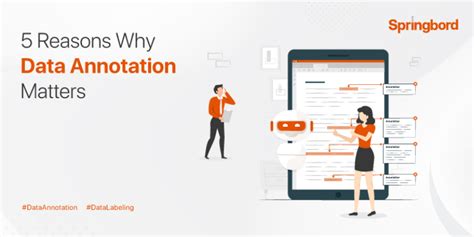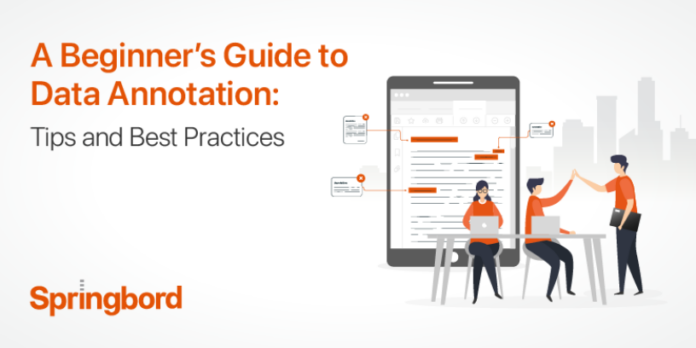Legal research is a critical aspect of the legal profession, requiring precision and thoroughness. One essential component of this process is legal annotation, which involves adding notes, comments, and references to legal documents. These annotations help streamline research, making it easier to reference important points and collaborate with colleagues. As technology advances, a variety of annotation tools have emerged, each designed to enhance efficiency and accuracy. In this article, we’ll explore the significance of legal annotations, outline the key criteria for selecting the best tools, and review the top annotation tools available today. Additionally, we’ll provide a comparative analysis and discuss future trends in legal annotation technology.
Join alijyun.com for an in-depth exploration of this topic.
1. Overview of Legal Annotations and Their Importance
Legal annotations are essential in legal practice, acting as a cornerstone tool for lawyers, judges, and researchers. They involve adding notes, comments, and references directly to legal documents. These annotations serve to organize, interpret, and reference complex legal texts. By highlighting critical information, summarizing key points, and cross-referencing related statutes or case law, annotations enhance understanding and streamline legal analysis.
Legal annotations are essential for streamlining legal research and collaboration. They expedite the process of finding relevant information within complex legal documents, saving valuable time. By facilitating seamless communication among legal teams, annotations ensure the sharing of insights and interpretations. Moreover, they enhance the comprehension of legal materials by providing context and enabling more thorough analysis.
The legal landscape moves quickly, demanding precision and meticulousness in every detail. Legal annotations are essential tools in this environment, playing a crucial role in streamlining research and fostering clear communication among legal teams. By facilitating these processes, they empower legal professionals to make informed decisions and achieve optimal outcomes. As technology advances, legal annotation tools are becoming increasingly advanced, highlighting their growing significance in the legal domain.

2. Criteria for Selecting Effective Legal Annotation Tools
Choosing the right legal annotation tool is critical for streamlining research. Key factors to consider include user interface and ease of use, as legal professionals need intuitive tools that simplify their workflow. Compatibility with a variety of document formats is also essential, ensuring the tool can handle PDFs, Word documents, and other common legal file types seamlessly.
Collaboration is a key consideration in a legal setting. Tools must facilitate seamless teamwork, enabling multiple team members to access and contribute to annotations in real time. Shared access features are essential, as are robust security and compliance measures. Legal documents often contain sensitive information, so tools must offer strong encryption and comply with industry standards for data protection.
Furthermore, it is essential to assess the tool’s integration capabilities with existing legal research platforms and software. Seamless integration ensures efficient workflows and effortless information exchange between various tools. Lastly, the pricing structure and customer support should be compatible with the firm’s budgetary constraints and operational requirements, guaranteeing dependable assistance when needed.

3. Top Annotation Tools for Legal Professionals
Legal professionals looking to simplify their research can choose from several top annotation tools. CaseFleet is highly regarded for its user-friendly interface and comprehensive case management capabilities, facilitating the annotation of documents and the linking of evidence to pertinent legal matters. PDF Expert is another widely preferred option, providing a straightforward platform for annotating PDFs with highlights, notes, and comments, crucial for legal document review.
Evernote excels in its versatile annotation capabilities, proving particularly useful for legal professionals seeking to organize and synchronize notes across various devices. Quip distinguishes itself through robust collaboration features, allowing teams to work together on annotations in real-time. LexisNexis CaseMap, on the other hand, provides specialized tools for legal annotations, boasting advanced features for organizing and analyzing case information. While each of these tools caters to specific requirements, they are all designed to enhance the efficiency and accuracy of legal research and documentation.

4. Comparative Analysis: Features, Pricing, and User Reviews
Choosing the right legal annotation tool requires careful consideration of features, pricing, and user feedback. CaseFleet stands out for its robust case management system, which includes advanced evidence-to-issue linking capabilities. While priced at a premium, it receives high praise for its meticulous organization and efficiency, making it a preferred choice among litigation professionals.
PDF Expert is a budget-friendly option, gaining widespread recognition for its user-friendly approach to PDF annotations. Users highly value its speed and intuitive design, making it a breeze to navigate. However, it falls short of some competitors when it comes to advanced features.
Evernote strikes a balance between affordability and versatility, offering a middle-ground solution. While highly regarded for its cross-platform syncing capabilities, its legal-specific features are considered limited by some users.
Quip stands out for its exceptional collaboration tools, making it a perfect choice for teams. The pricing is moderate, and users consistently praise its real-time editing capabilities.
LexisNexis CaseMap, a high-end tool, is praised for its extensive integration with legal databases. Its advanced features, however, come at a premium price.
5. Future Trends and Innovations in Legal Annotation Technology
The future of legal annotation technology is brimming with exciting trends and innovations. One key development is the integration of artificial intelligence (AI) into annotation tools. AI-driven features, such as automated summarization, predictive text, and smart tagging, are poised to revolutionize the annotation process, making it faster and more accurate. These advancements will empower legal professionals to identify relevant information more efficiently, reducing research time and boosting productivity.
The emergence of cloud-based annotation tools is another notable trend. These platforms provide the flexibility to access and edit legal documents from any location, facilitating seamless collaboration among teams, particularly in remote work settings. Enhanced security features, including advanced encryption and adherence to legal standards, are also becoming increasingly common in cloud-based tools.
Furthermore, the convergence of legal annotation tools with other legal technology solutions, including case management systems and e-discovery platforms, is anticipated to become increasingly sophisticated. This integration will foster a more unified workflow, enabling enhanced organization and retrieval of annotated documents. As these developments progress, legal annotation tools will remain instrumental in advancing legal research and practice.
Legal annotation tools are indispensable in enhancing the efficiency and accuracy of legal research. By carefully selecting the right tool based on usability, compatibility, collaboration features, security, and integration capabilities, legal professionals can significantly streamline their workflow. With the emergence of AI, cloud-based solutions, and greater integration with other legal technologies, the future of legal annotation tools looks promising. Staying updated with these trends will ensure that legal professionals remain at the forefront of effective legal research and documentation practices.
alijyun.com

